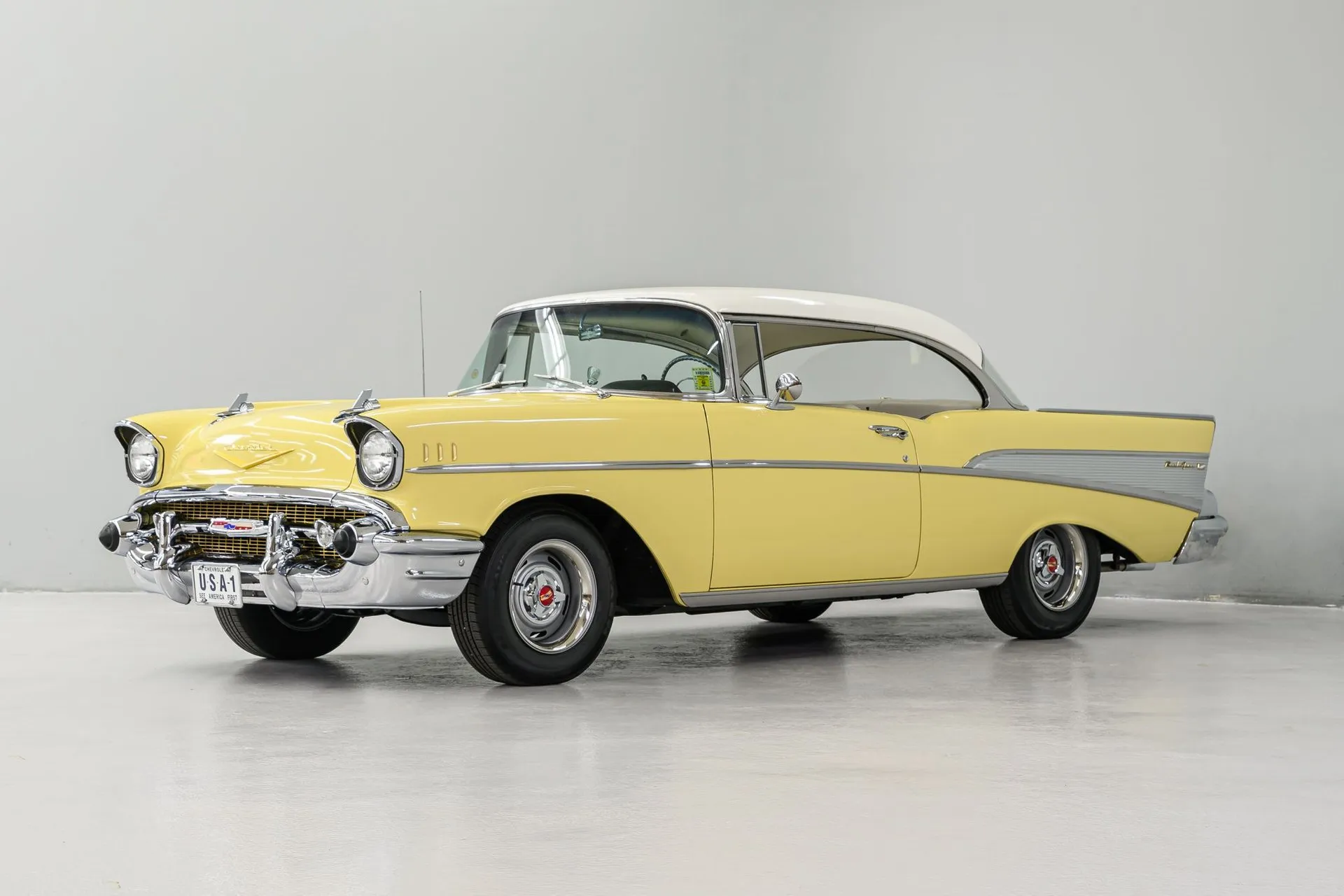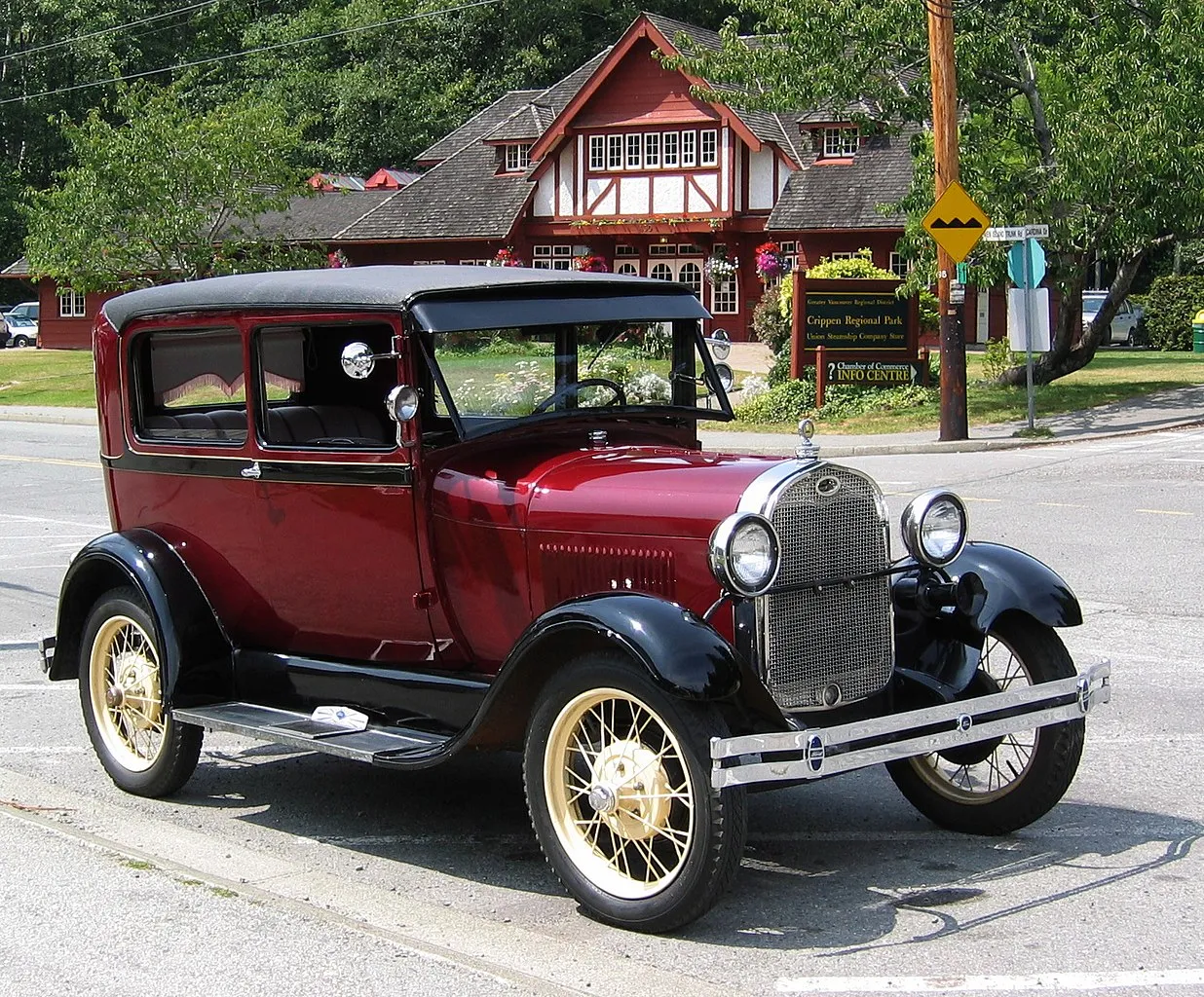In the annals of automotive history, there are certain cars that transcend the realm of mere transportation and become iconic symbols of style, luxury, and innovation. The Cadillac Coupe DeVille (1949) is one such automobile. With its classic design, cutting-edge features, and undeniable charm, the Coupe DeVille represents a zenith in automotive craftsmanship. In this 1000-word exploration, we'll take a closer look at the history, design, and lasting legacy of the Cadillac Coupe DeVille from 1949.
The Birth of the Cadillac Coupe DeVille

The Cadillac Coupe DeVille made its debut in 1949 as a trim level of the Cadillac Series 62, further cementing Cadillac's reputation as a premier luxury automaker. The "DeVille" moniker, which means "of the town" in French, reflected the car's urban sophistication and elegance. Cadillac aimed to create a vehicle that exuded opulence and luxury, befitting the discerning tastes of post-war America.
Classic Design and Aesthetic Excellence

The 1949 Cadillac Coupe DeVille was an embodiment of classic American automotive design. It featured several design elements that set it apart and contributed to its timeless appeal:

Distinctive Tailfins: The Coupe DeVille introduced the iconic tailfin design, which would later become emblematic of 1950s American cars. These tailfins lent a sense of elegance and modernity to the car's appearance.

Chrome Accents: The Coupe DeVille was adorned with an abundance of chrome, which graced the grille, bumpers, and various exterior trim elements. This generous use of chrome not only added an extra layer of sophistication but also served as a testament to the attention to detail in the car's design.
Sweeping Lines: The car featured smooth, curved lines in both its bodywork and in its front and rear fenders. This gave the car an appearance of motion and grace, making it stand out as a symbol of luxury.
Two-Tone Paint Schemes: The 1949 Coupe DeVille offered a range of two-tone paint schemes, allowing buyers to personalize their cars. These paint combinations enhanced the car's appeal and allowed for a sense of individuality.
Iconic Roofline: The hardtop roofline of the Coupe DeVille was a defining feature, making it distinctive and elegant. This design element was echoed in many subsequent Cadillac models and became synonymous with luxury and style.

Luxurious Interior: The interior of the Coupe DeVille was designed with opulence in mind. Plush leather seats, woodgrain accents, and modern amenities like air conditioning contributed to the car's upscale appeal.
Technological Advancements

V8 Engine: The Coupe DeVille was powered by Cadillac's 5.4-liter V8 engine, which provided impressive performance and refinement. This engine offered a combination of power and smoothness that set it apart in its class.

Hydra-Matic Transmission: The car featured the Hydra-Matic automatic transmission, which was among the earliest examples of a fully automatic transmission system. This transmission offered a seamless driving experience and marked a significant advancement in automotive technology. Power Windows: The 1949 Coupe DeVille was one of the earliest vehicles to offer power windows, allowing for effortless operation and adding to the overall sense of luxury.
These technological advancements contributed to the car's reputation as a leader in innovation and luxury.
Enduring Legacy and Cultural Significance
The Cadillac Coupe DeVille (1949) holds a special place in automotive history due to its enduring legacy and cultural significance. Some key factors that have contributed to its lasting impact include:
Symbol of Luxury: The Coupe DeVille was a symbol of luxury and elegance during an era of post-war optimism and prosperity. It embodied the aspirations of the American middle class and represented the desire for a comfortable and stylish lifestyle.

Tailfin Design: The Coupe DeVille's distinctive tailfin design set it apart from its contemporaries and became an emblem of 1950s American car design. These tailfins, although originally designed for aerodynamic purposes, took on a life of their own and continue to be associated with the era.
Pop Culture Influence: The 1949 Coupe DeVille featured prominently in movies, television shows, and advertisements of the time. It became a pop culture icon, symbolizing success, style, and the American dream.
Collector's Item: The Coupe DeVille is highly sought after by collectors and enthusiasts who appreciate its classic design, luxury features, and technological innovations. Well-preserved models are considered valuable additions to classic car collections.
Timeless Design: The car's design has aged gracefully and is still regarded as a prime example of classic American automotive aesthetics. The distinctive roofline, chrome accents, and sweeping lines continue to captivate car enthusiasts and collectors alike.
Modern Reverberations

While the 1949 Cadillac Coupe DeVille was a product of its time, its influence can still be felt in the modern automotive industry. Elements of its design, such as the iconic tailfins and luxurious interiors, have been revisited by car manufacturers seeking to evoke a sense of nostalgia and style in their contemporary models.
In recent years, a number of luxury car manufacturers have drawn inspiration from classic designs, harkening back to the elegance and opulence exemplified by the Coupe DeVille. Elements like two-tone paint schemes, high-quality interiors, and sleek bodywork continue to find resonance with today's consumers.
The Cadillac Coupe DeVille (1949) remains an enduring symbol of elegance, luxury, and innovation in the world of automobiles. Its classic design, iconic tailfins, and technological advancements have secured its place in automotive history. As a cultural icon, it represented the American dream of post-war prosperity and the desire for a sophisticated and stylish lifestyle. The Coupe DeVille's legacy lives on as a collector's item and a source of inspiration for modern car design. In an ever-evolving automotive landscape, the Coupe DeVille's timeless elegance continues to captivate and inspire car enthusiasts and collectors worldwide.



